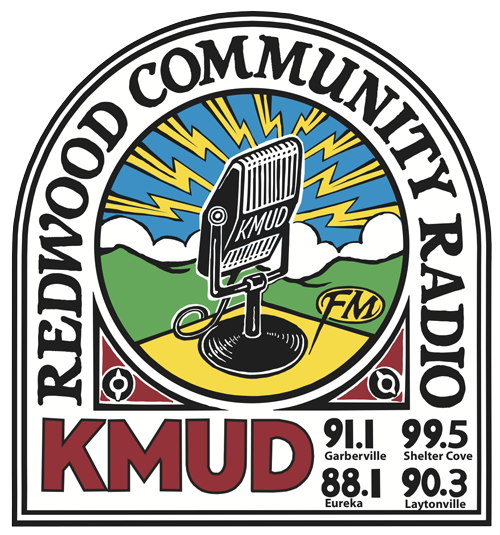From Boxing Day to a Day of Remembrance: Honoring the Dakota 38
![As the year ends, and millions gather to celebrate and acknowledge the holiday season, some Indigenous communities acknowledge its tragic past through memorial ceremonies aimed at teaching and healing while building community. [Image provided by the Lakota People's Law Project]](https://kmud.org/wp-content/uploads/2024/12/Dakota-38-1024x576.jpg)
As the holiday season brings gatherings of family and friends, the day after Christmas—widely recognized as Boxing Day in many parts of the world—carries a deeper significance for Indigenous communities. Over the past several years, a growing movement has sought to shift mainstream recognition of December 26th from a day of post-holiday sales and relaxation to one of remembrance, honoring the lives of the 38 Dakota men hanged in Mankato, Minnesota, in 1862.
The History of Boxing Day
Traditionally observed in the United Kingdom and Commonwealth countries, Boxing Day traces its roots to the 19th century. It was originally a day when the wealthy would give boxes of food, money, or goods to their servants, workers, and the less fortunate. Over time, it evolved into a public holiday marked by charity, gift-giving, and, more recently, retail sales.
But in the United States, December 26th holds a far less discussed and far more somber historical weight. On this day in 1862, the largest mass execution in U.S. history took place in Mankato, Minnesota. Thirty-eight Dakota men were publicly hanged under orders approved by President Abraham Lincoln—a tragic consequence of broken promises, systemic injustice, and violent retaliation.
The Dakota War of 1862
The Dakota War was born out of desperation and betrayal. After being forced to cede vast swaths of their land in exchange for food, resources, and safety, the Dakota people were left starving when those promises went unfulfilled. In August 1862, anger and hunger ignited a series of attacks on white settlements in Minnesota. The war lasted five weeks, ending in the surrender of Dakota leaders and the subsequent trial of over 300 Dakota men.
President Lincoln personally reviewed the trial records and reduced the number of death sentences to 38. On December 26, 1862, those men were executed in front of a crowd of thousands—a grim spectacle largely absent from history books and classrooms today.
The violence didn’t end there. Dakota families were forcibly exiled from Minnesota, their homes and lives dismantled. Many sought refuge in Canada, South Dakota, and Nebraska, while others were imprisoned at Ft. Snelling—a military encampment turned internment camp.
A Movement of Remembrance and Healing
For decades, the tragedy of the Dakota 38 lingered in silence. But beginning in 2008, Indigenous communities began organizing annual horse rides, walks, and memorial runs to honor those who were executed and the countless others who suffered in the aftermath. What started as a memorial horse ride from the Lower Brule Reservation in South Dakota to Mankato has grown into a broader movement of healing and reconciliation.
Now known as the Mahkato Reconciliation and Healing Ride, this journey spans 16 days, braving winter conditions and deep emotional terrain. Riders, runners, and community members come together on December 26th at Reconciliation Park in Mankato to remember, reflect, and heal.
In addition to the ride, events like the memorial run from Ft. Snelling to Mankato underscore the deep connections between land, memory, and resilience. These gatherings are not just about mourning the past—they are about carrying forward a legacy of strength, resistance, and hope.
Why This Shift Matters
The growing acknowledgment of December 26th as a day of remembrance represents a significant step in recognizing a chapter of American history that has long been overlooked. While Boxing Day remains a day of rest, sales, and celebration for many, others are calling for space to honor the Dakota 38 and the ongoing journey of healing for Indigenous communities.
This shift, some say, isn’t about erasing traditions—it’s about making space for truths long ignored and building pathways toward reconciliation. For Indigenous communities, memorializing this history isn’t just about remembering—it’s about actively healing, educating future generations, and ensuring such injustices are never repeated.
Looking Forward with Respect and Solidarity
As Darren Thompson of the Lakota People’s Law Project so eloquently puts it: “Forever riding forward, while sometimes looking back, is magic we all have to embrace in this work.”
